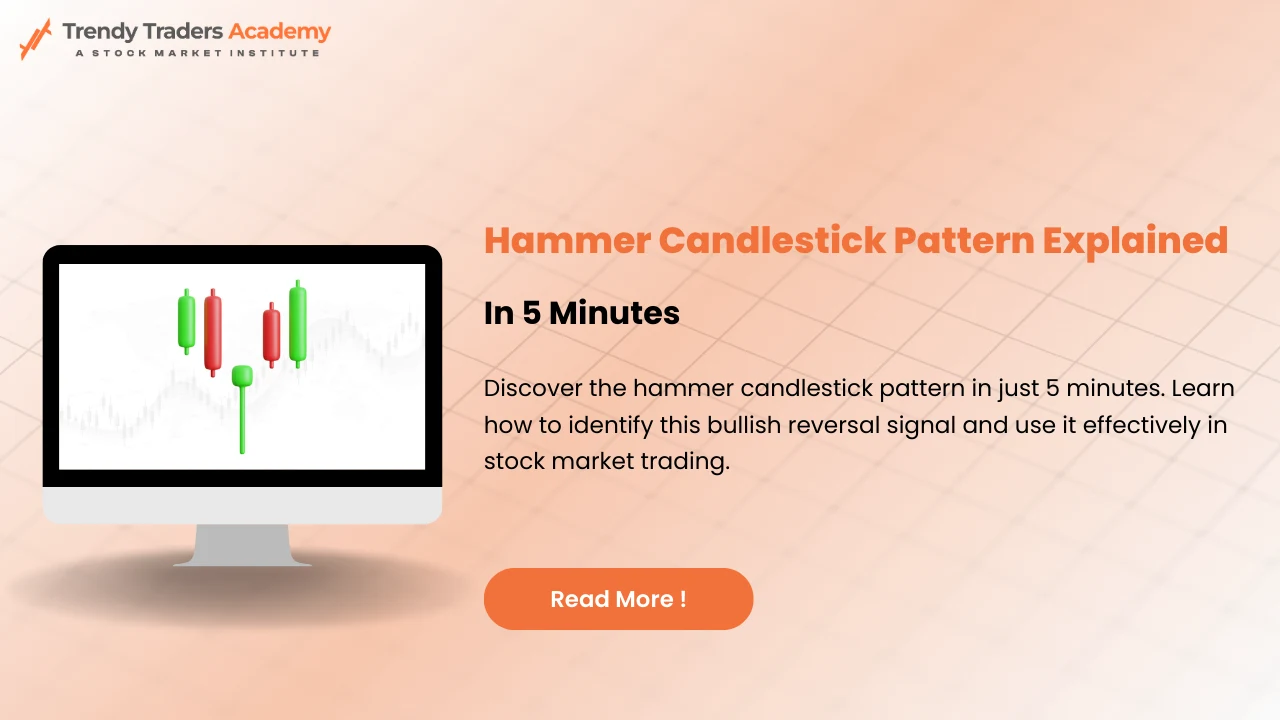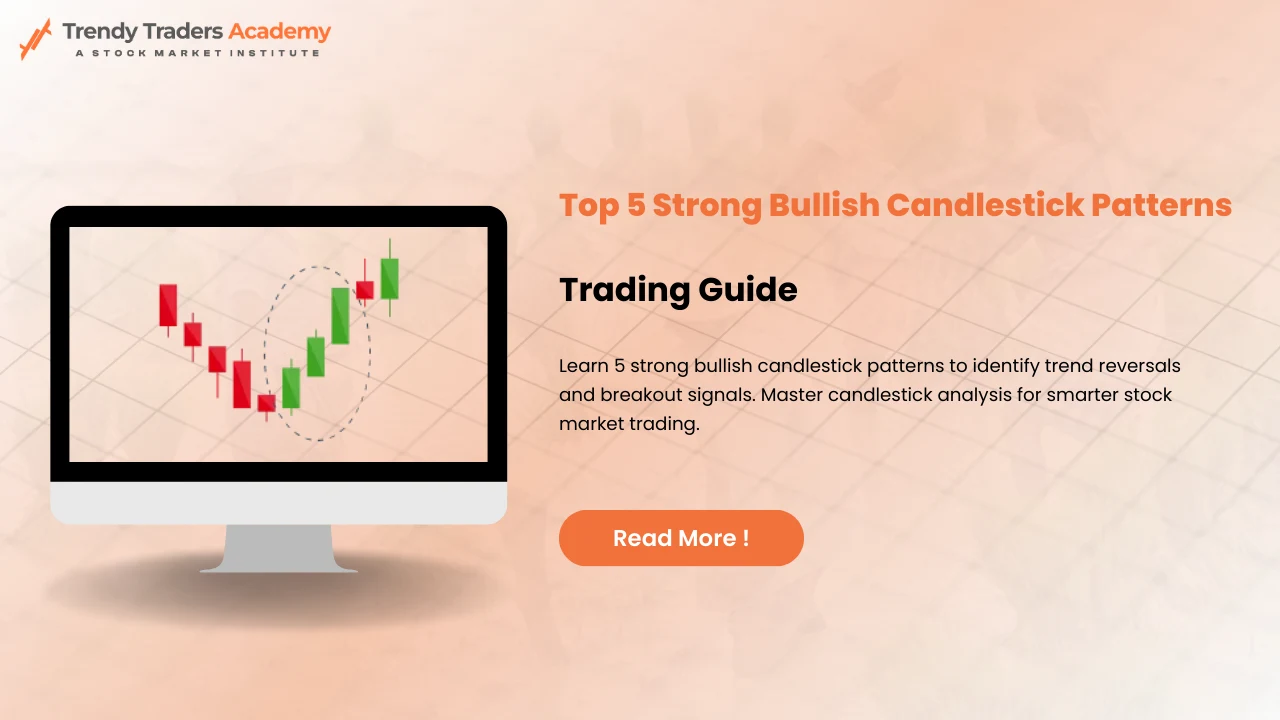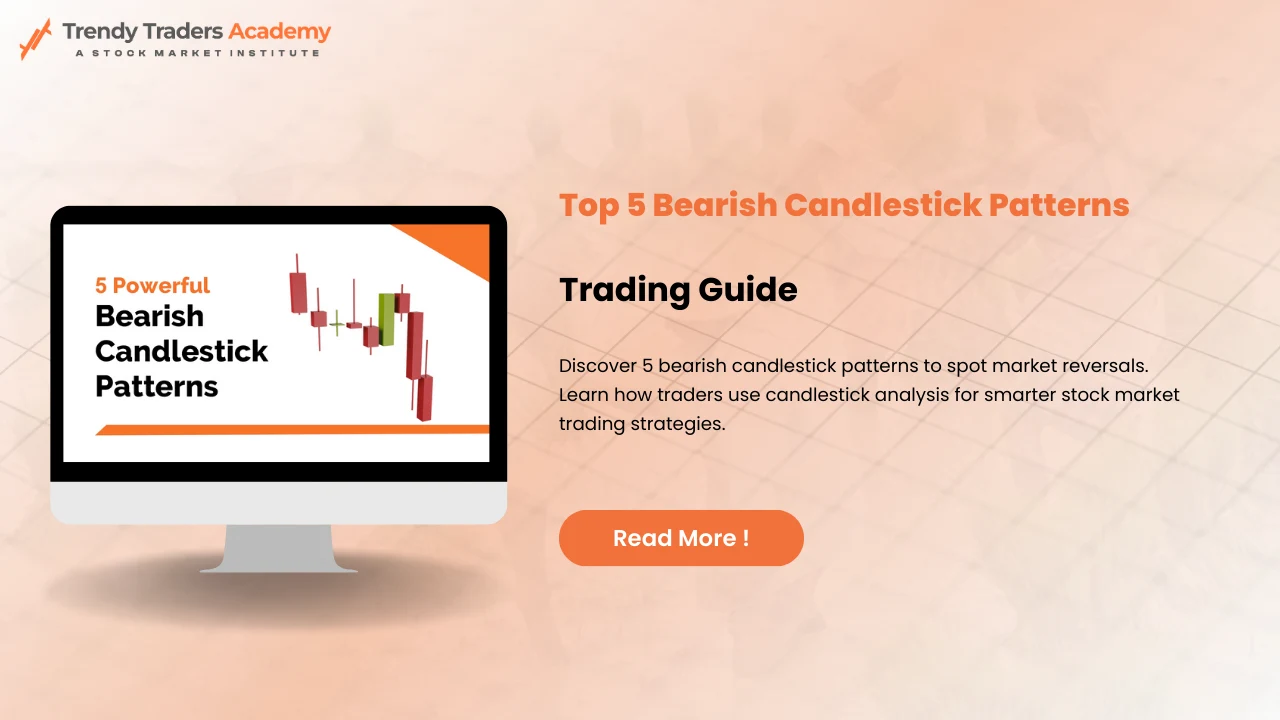
Price Action Trading: A Practical Guide for Everyday Traders
Price action trading is like learning to read the market’s story as it unfolds in real-time. Rather than depend on indicators or algorithms, price action traders focus solely on the price movement visible on a chart. This approach holds that all information required in making trading decisions is contained within the price itself. Understanding price action can give you significant advantages in the market whether you are an experienced trader or just starting out.
What is Price Action Trading?
In essence, price action trading involves observing the movements of a price of an asset and making trade decisions based on these observations. Traders would go through prices charts, mostly candlestick charts and identify patterns, trends, support or resistance levels that are significant in any way. All this is with the aim of trying to predict where the next price might be.
Unlike other strategies which rely heavily on indicators such as moving averages or RSI, price action trading goes back to basics. You are left with yourself alone with no much else except for a chart showing prices from which you should make judgments. The simplicity of this approach may explain why so many people favor it over others.
Why Go For Price Action Trading?
Simpleness and Clearness: Your charts are more readable when not overwhelmed with multiple indicators. This way, you will be able to focus on what is happening in the market rather than being caught in between different signals from diverse indicators.
Availability of Actual: Time Information: Indicators usually lag, that is why they give signals after the fact. On the other hand, price action represents happenings on the market at present; therefore giving you the most recent information.
Adjustability: Price action can be useful across any markets (stocks, forex, commodities) and any time frames (from one minute charts to monthly ones). Therefore it becomes useful for various classes of traders.
Price Discovery: By concentrating only on price movement, a trader starts getting familiar with market psychology and causes pushing prices up or down. This knowledge enhances the trader’s decision making process.
The Basic Pillars of Price Action
There are several fundamental concepts to start trading based on price action;
1. Candlestick Patterns:
- Doji: A pattern of a candlestick in which the opening and closing prices are almost similar showing an uncertain market.
- Engulfing Pattern: It is defined by an initial thin candle which is succeeded by a much extended one which fully envelopes the earlier candle as an equal sign of major shifts of trends.
- Pin Bar: It comes with a long tail and a small body that often shows rejection of price levels and possible change in direction.
- Inside Bar: This is a bar whose range is within the preceding one, showing consolidation and potential break out.
2. Support/Resistance Levels:
- Support: A price level at which demand is strong enough to prevent the price from decreasing further.
- Resistance: A price level at which supply is strong enough to hinder the prices from rising further.
These are very important reversal or consolidation areas in technical analysis because they frequently mark where the prices would reverse before they make their next rally.
3. Trends:
- Uptrend: When all the highs are higher than the previous one and all the lows are also higher than the previous one, this tells that the market is going in uptrend.
- Downtrend: Bar with lower tops and lower bottom point downwards is an implication of a bearish market.
- Range-Bound: When there is no explicit information regarding the trend because the market it follows has no trend but moves sideways in channel.
The understanding of the current market trend assists in aligning your trades with what the majority traders do.
4. Price Action Strategies:
- Breakout Trading: In doing this, it is possible to determine crucial levels of crucial support and resistances and then it is just a matter of waiting for the price to cross the said barrier. A breakout can be an early sign of the start of a new trend.
- Reversal Trading: This approach tries to identify signs showing that an ongoing trend will change its direction. Usually, patterns such as engulfing pattern or pin bar at key levels are used to identify reversals.
- Trend Following: In this strategy, trades are entered into in the same direction as the current market trends. For example, in defining an uptrend it may be buying on pullbacks to support areas.
How to Start Trading Price Action
However, it is simple enough for somebody who uses price action trading guide lines but requires practicing and being patient. Here’s what you need to do:
- Learn the essentials: From candles to patterns, support /Resistance and trend, everybody should draw basics on Price Action. Books and other courses have been contributed by many authors for further reading materials.
- Determine your period and market of interest: Choose which market you want (let it be forex, stocks or commodities) to trade depending on your preferences in terms of time frame suitable for execution – intraday charts or daily / weekly charts if you work full-time for instance.
- Practice on a Demo Account: That is why as you are planning the precise movement strategies in price movements never risking real money and identifying good movements on a demo account. By this you will be able to acquaint yourself with the skills to apply and be sure of what you are doing without the ability to lose financially.
- Develop a Trading Plan:You should also show your trading strategy, the times when you will go short and long, the measures and conditions to keep yourself out of trouble and your goals as well in your trading plan. This is so because as the adage goes, a ‘well-hatched plan’ is always a remedy to wayward emotional decisions and a means of preserving self control.
- Start Small: Start with small positions when you are ready to trade real money. This way, one is able to learn while limiting the risks associated with trading.
- Keep a Trading Journal: Each trade should be noted, including why it was entered into and exited from. Regularly going through your journal can help you see trends in your actions, better figure out what works for you and avoid repeating errors.
Risk Management in Price Action Trading
No complete trading strategy exists without risk management. The following are some important principles:
- Use Stop-Loss Orders: A stop-loss order is an essential tool for limiting losses if the market moves against you. Determine how much you are willing to lose on each trade beforehand and place stop-loss accordingly.
- Position Sizing: With reference to your account size and risk tolerance, the magnitude of your position should be determined. A general rule is not to put more than 1-2% of your account at stake in a single trade.
- Risk-Reward Ratio: Make sure that before getting in a trade, the potential reward should be twice the potential risk. For example, target a profit of 10% or more if you are risking 5% of your capital.
Common Mistakes in Price Action Trading
Price action trading may appear simple, but it can be hard in reality. Some common pitfalls are discussed below:
- Overtrading: In most cases when you start trading there is always this urge to take as many trades as possible driven by excitement. Stick to your trading plan and only trade according to your specifications.
- Ignoring the Trend: One of the most basic tenets of successful trading is trend following. It may seem appealing to go against it but usually results into losses.
- Not Using Stop-Losses: When stop-loss orders are not used they spell doom for your trades. Always use stop-losses on every trade and keep protecting your capital.
- Chasing the Market: Do not get into trades just because you feel like you’re missing out on something. Wait for clear signals and stick with what works for you.
Conclusion
Price action trading is a strong method that discards the unnecessary information and concentrates on the fundamentals of market behavior. When one fully understands price action, he or she can have an in-depth knowledge of the market system and therefore make better choices when it comes to buying and selling.
You do not have to be experienced in trade; the simplicity demonstrated by price movement theory is quite helpful for successful navigation through markets. Nonetheless, keep in mind that like any other skill, becoming an expert at price action takes time and practice, but it definitely pays off in terms of benefits.
What is Price action?
Technical analysis is said to be the proficiency of making the trading decisions that help to elucidate on the past prices of the particular stock or share. All the chart patterns, candlestick patterns, and all the formulations of price data are used by the traders seeking the prospective signals.
What Tools are Used in Price Action Trading?
Price action traders typically use:
- Candlestick patterns
- Support and resistance levels
- Trendlines
- Chart patterns (like head and shoulders, flags, and triangles)
- Price levels and zones
What are Candlestick Patterns?
Candle patterns are chart patterns which depict the price movement in a given period of time as far as a day is concerned. They are doji, engulfing patterns, hammers, and shooting stars.
What is the Role of Trendlines in Price Action?
This straight line that joins two or more points of high or low in the price charts is well referred to as trend line. It assists the trader in determining its operational status, those that are in an uptrend or in a downtrend or in a range bound status or can also occupy a position of support/resistance..
Can Price Action be Combined with Indicators?
Yes, there are trade techniques where ‘price action’ is used interchangeably with moving averages or Relative Strength Index as a confirmation signal. However, it is possible to overemphasize this aspect and at the same mention, it is always the price that takes the main focus of attention.










